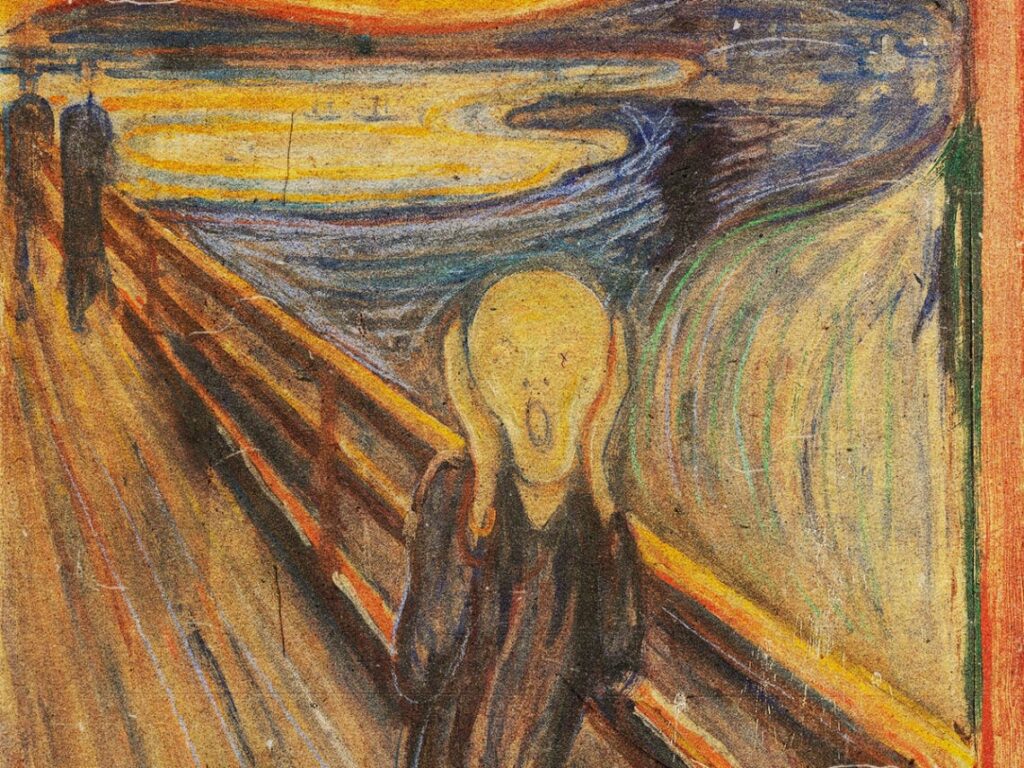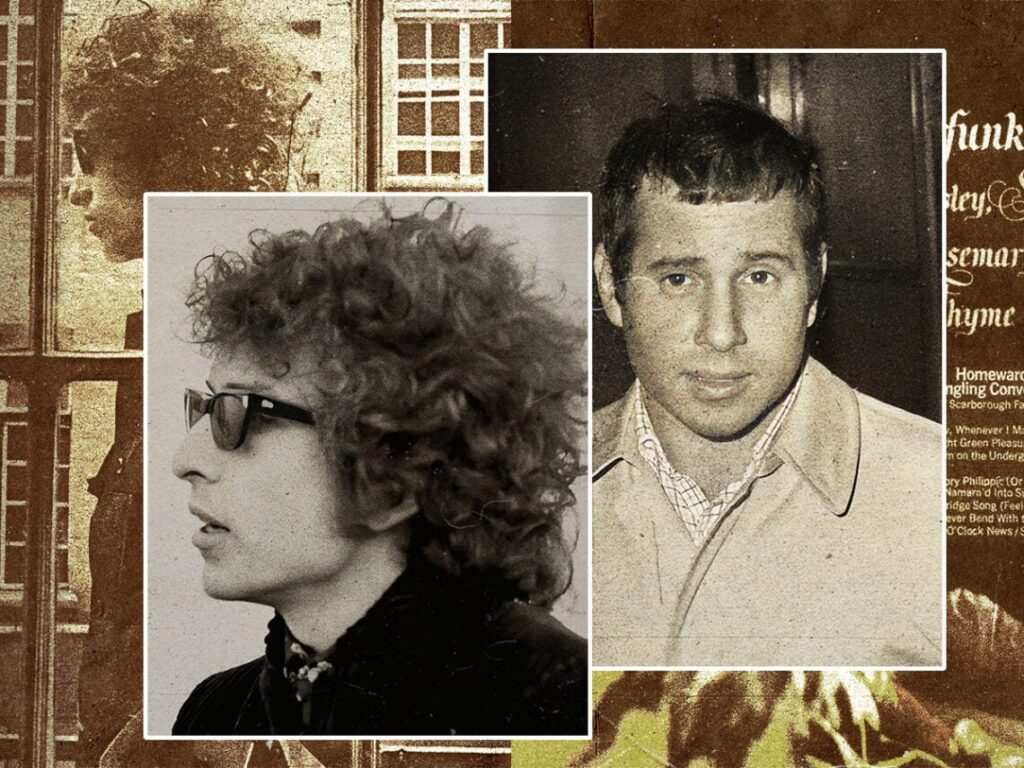How Edvard Munch channelled existential dread into ‘The Scream’
 Posted On
Posted On
(Credits: Far Out / National Museum of Art, Architecture and Design – Norway)
In January 1892, Edvard Munch suffered a panic attack. In that moment, he was, in his words, completely at the mercy of something sinister, obstinate, and so powerful that the parameters of existence took a new form. “The sun was setting, and the clouds turning blood red. I sensed a scream passing through nature; it seemed to me that I heard the scream. I painted this picture, painted the clouds as actual blood. The colour shrieked. This became The Scream,” he wrote.
The formation of The Scream seemed restricted only by the unplagued mind, as it was merely the consequential nature of existential dread in the form of panic disorder that urged Munch to transform the blood-red hues of the sky into a visible form, the kind that he said “could only have been painted by a madman”.
The symbolistic art movement that permeated the late 1800s was no stranger to the concept of existential dread. In fact, figures like Munch, Gustave Moreau, and Odilon Redon often embellished dreamlike imagery and mythological themes to explore the internal psyche rather than the external world. The Scream, however, in both creation and visuals, was and is one of the most notable examples of psychological disorder, deeply intertwined with Munch’s own experiences with illness, death, and anxiety.
Although many have attempted to delve deeper into Munch’s specific use of palette, including the reasoning behind the red-orange sky and the likelihood of his sister’s recent admittance to an asylum impacting his mental clarity, many of these neglect to understand the unreliability of psychological disorder amid the onset of an upcoming panic attack.
If The Scream represents the acute nature of enduring fear, so too does Munch’s viscera, his sudden grapple with existential anguish arising from the awareness of life’s inherent meaninglessness. Throughout his life, Munch endured losing his mother when he was just five and losing his sister when he was fourteen, all while suffering several mental health issues throughout his life.
A self-proclaimed “soul painting” like The Scream could only convey its profound impact if created by someone deeply troubled by existential questions and isolation. The vivid reds, oranges, and yellows in the painting evoke a strong sense of chaos and unease, while the fiery sky symbolises the overwhelming nature of dread, suggesting that this feeling of existential dread can seem as pervasive and real as external forces.
This reflects Munch’s own experiences, where his personal struggles with existence and isolation felt as if they were overwhelming his entire world. Although Munch was later influenced by German Expressionism, The Scream uses similar exaggerated forms to shun any grasp on reality, intersecting sanity and madness, the faceless figure representing the susceptibility of any person, anywhere, and at any time to the inevitability of existential dread.
[embedded content]
Related Topics


